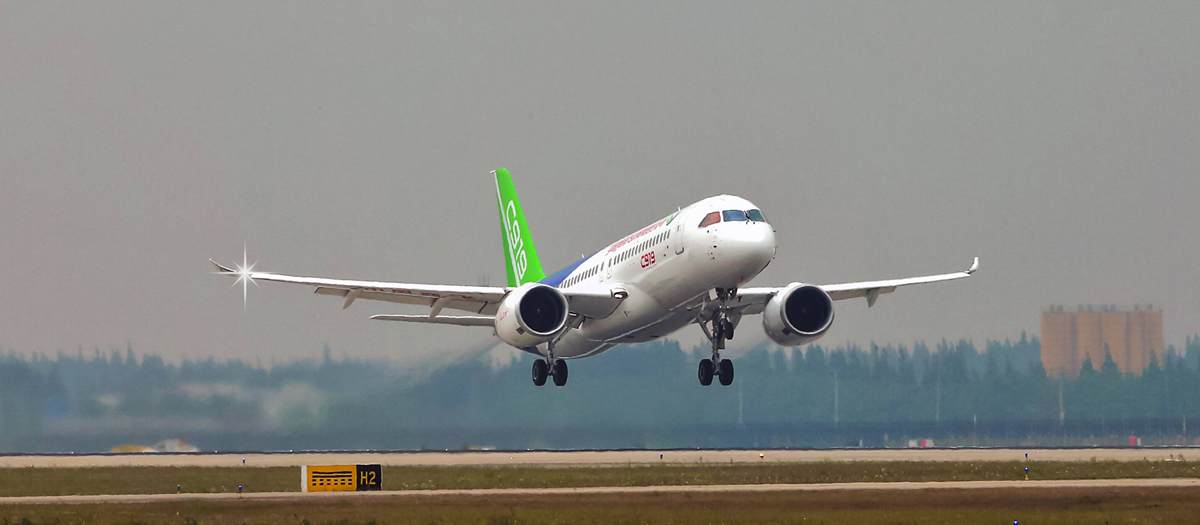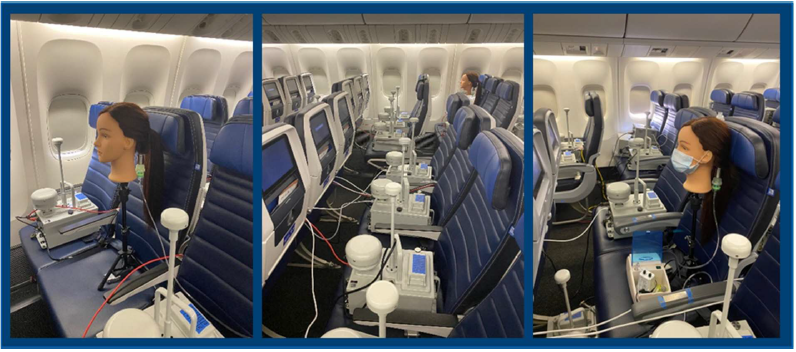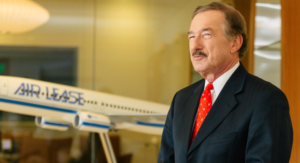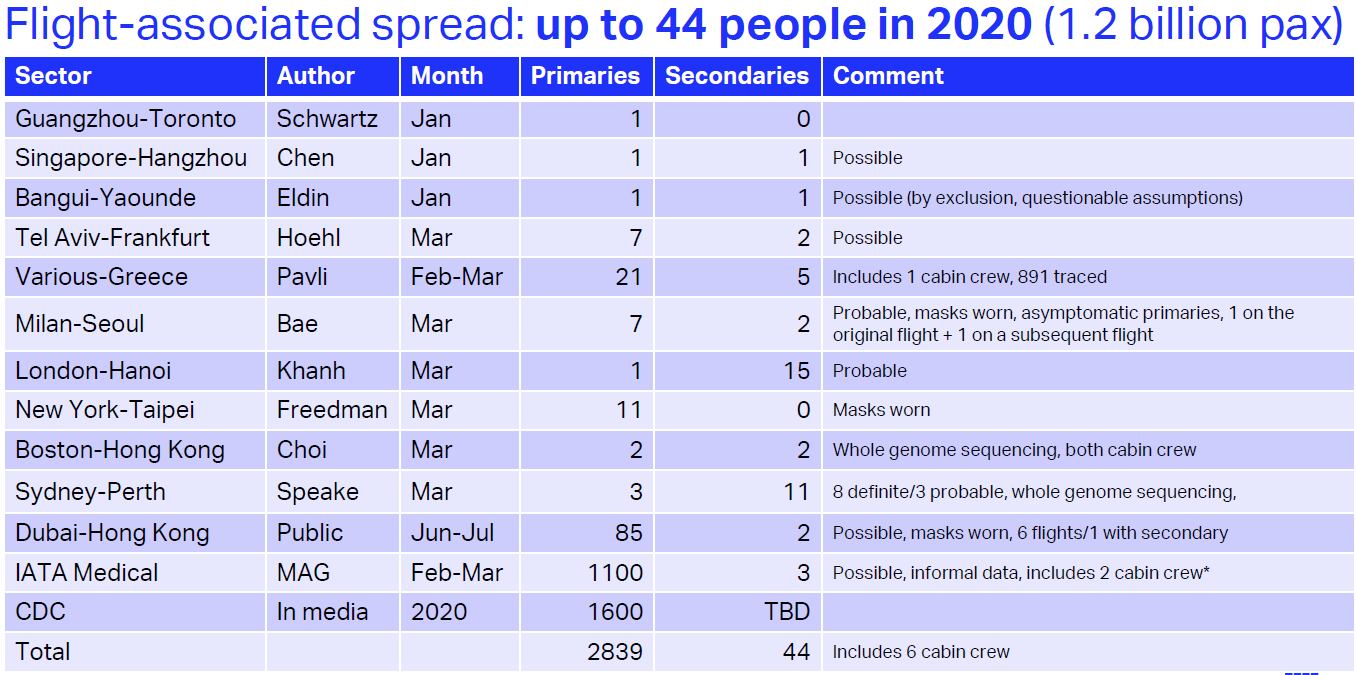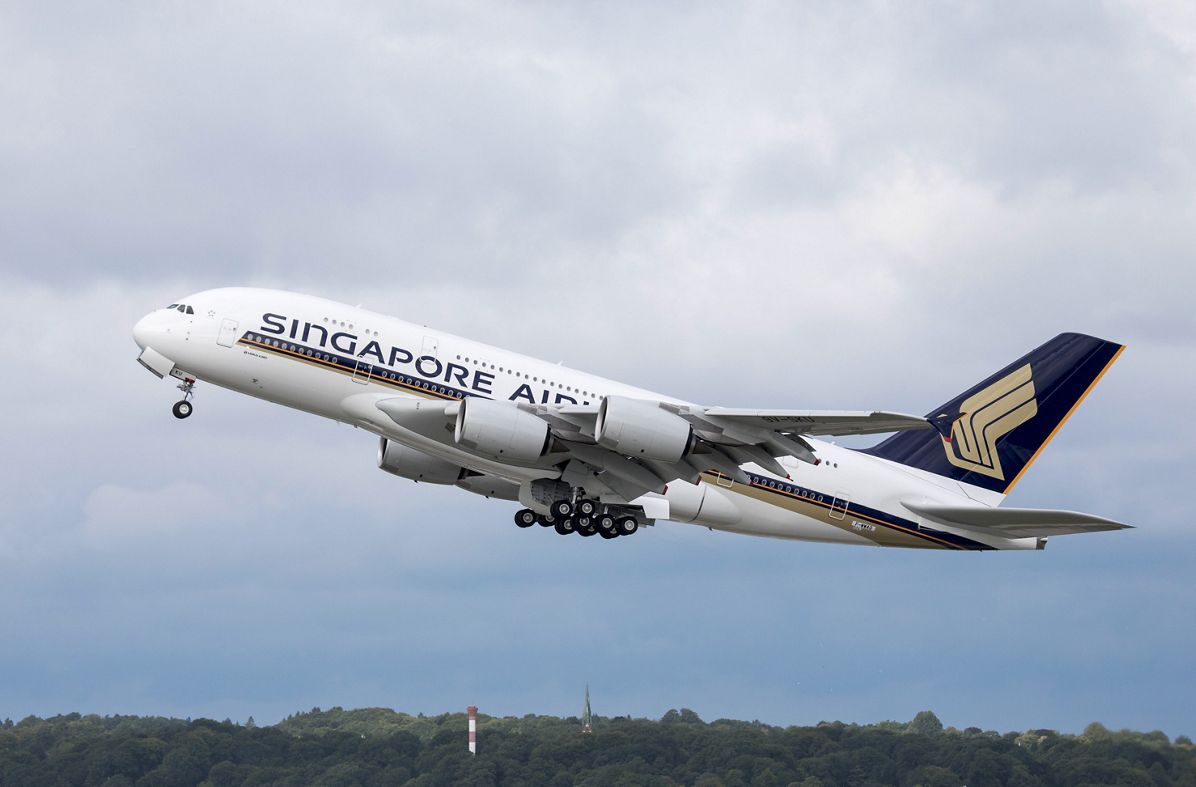Leeham News and Analysis
There's more to real news than a news release.
Public data doesn’t support Airbus A320 production rate hike
Subscription Required
Introduction
By Scott Hamilton
Oct. 26, 2020, © Leeham News: Airbus’ 3Q2020 earnings call is Wednesday. News emerged last week the OEM is notifying supplies that they should be prepared to increase production of the A320 from 40/mo to 47/mo in the second half of next year.
It is worthwhile looking at the delivery skyline as it currently exists.
Summary
- Forecasted delivery stream doesn’t support rat 47/mo until 2024.
- Airbus appears to be banking on faster recovery from COVID—or
- Picking up market share from Boeing.
Twin Aisle Deliveries: The Good, the Bad, and the Ugly
Subscription Required
By Vincent Valery
Introduction
Oct. 19, 2020, © Leeham News: LNA published last week an update on the latest 737 MAX production and delivery plans. This week, we turn our attention to the twin-aisle programs at Airbus and Boeing.
Both OEMs announced significant monthly production rate reductions earlier this year: the Dreamliner will go to six next year. The Airbus A350 is at five per month, while the A330 and Boeing 777 are at two. Airbus and Boeing will publish their third-quarter earnings later this month, which could include updated production rates.
LNA investigates the implications of the updated production and delivery plans for twin-aisle programs at Airbus and Boeing.
Summary
- Two programs in acceptable shape;
- Awaiting an elusive return to favor later this decade;
- A lack of healthy customers make the situation critical;
- Summing it all up with one metric.
Pontifications; Does the pandemic change the airliner market dynamics?
By Bjorn Fehrm
October 19, 2020, ©. Leeham News: Airbus and Boeing have dominated the world’s airliner market over the last 30 years. In the next 30 years, will this change?
Before the COVID-19 pandemic, the answer was no. The only viable competitor, the Chinese aircraft industry, would need more time to catch up. But the pandemic has changed the dynamics in the world.
For China COVID-19 is history. For the rest of the World not. China’s society and most noteworthy its travel industry are back to normal. September’s domestic flights were 103.5% of 2019 levels and passenger numbers were at 98% while the rest of the world is busy throttling back network plans from already low levels. We know that airlines in China are stimulating traffic with discounted fares, taking losses in the process. However, they have the backing of the government and it is traffic that ultimately drives demand for aircraft.
The Chinese system handles the crisis magnitudes better than the free world. Will the newfound Chinese self-confidence spread to bootstrapping the in-house air transport industry even further to capture the increased airliner demand?
Bjorn’s Corner: Do I get COVID in airline cabins? Part 13. DOD tests confirm OEM results.
October 15, 2020, ©. Leeham News: Yesterday the USTRANSCOM and its US Air Force Air Mobility Command (AMC) published the results of extensive airliner COVID infection risk tests. The tests, which were made to check the risks for DOD personnel using commercial flights, were made on United 777-200 and 767-300 aircraft in cooperation with United.
The tests checked aerosol dispersion of the virus in the cabins for both simulated flights and real flights. The result was you need to sit next to an infectious person for 54 hours to inhale a viral load that could make you sick (worst case).
Covid in cabins: Low risk, no silver bullet
By Bryan Corliss
Oct. 14, 2020, © Leeham News: Covid-19 has made airlines, aerospace companies and suppliers really, really sick. IATA now says it could be 2024 before worldwide travel numbers get back to something near pre-Covid levels.
To get more paying flyers back in the air sooner, the industry is looking for ways to make passengers feel more assured that they won’t get infected while in the air. It’s leading to some innovative solutions and what some industry insiders say is the setting of long-overdue standards for in-flight cleanliness.
Boeing developed a system using UV-C radiation to sterilize cabin surfaces. One of Boeing’s best-known suppliers, Teague, designed new gaspers to inhibit the spread of airborne virus particles. And several other suppliers are pushing forward with products that inhibit the growth – and potentially kill – viruses and other microorganisms on high-touch cabin surfaces.
Aerospace suppliers say there’s not one silver bullet that’s going to prevent the spread of Covid-19 on jets.
“Buying our material doesn’t magically make your aircraft clean,” said Mathew Nicholls, the sales director for Tapis Corp., which provides virus-resistant fabric imbedded with silver ion strands for seat covers.”
“It’s the sum of all the parts,” he said in an interview for the current edition of Northwest Aerospace News magazine. “The HEPA filters, the airflow exchange. And now we’ve added this, this and this.”
Pontifications: Boeing’s latest forecast raises more doubt than hope
Oct. 12, 2020, © Leeham News: Every year, like clockwork, when Boeing publishes its 20-year Current Market Outlook, there is always another upward revision in forecast demand for new aircraft.
So, when the Chicago-based OEM admits that demand has taken a long-term hit, you know the situation must be dire.
Last week, Boeing belatedly published its annual CMO forecast for global commercial jet production and services. The forecast was quite a comedown as it marked a 2% fall from Boeing’s previous expectations for aircraft demand, with a whopping 10% drop for widebodies and freighters.
Airbus has withheld its 2020 Global Market Forecast while it continues to assess the impact of COVID-19. Read more
Bjorn’s Corner: Do I get COVID in airline cabins? Part 12. New results.
October 9, 2020, ©. Leeham News: We interrupt our series about hydrogen as an energy store for airliners to go back to our previous theme for a Friday or two: Do I get COVID in airline cabins?
IATA, Airbus, Boeing, and Embraer did a joint presentation yesterday about their latest knowledge about COVID and flying, and with the Pandemic entering the second wave in many countries it’s a timely subject.
Gov. Inslee misses the point in his pique over Boeing 787 production decision
By Scott Hamilton
Analysis
Oct. 5, 2020, © Leeham News: The contrast in tones couldn’t be sharper.
With the announcement last Thursday by Boeing it will consolidate 787 production from Everett into Charleston, local political leaders were disappointed but understanding and even sympathetic.
Snohomish County Executive Dave Somers and Everett Mayor Cassie Franklin likened Boeing to a family member who was in crisis. Hard decisions by Boeing were made, but in a crisis, you must. Support your family. Understand the situation. Figure out how to make the best of it to move forward.
On the other hand, Gov. Jay Inslee vowed to review the state’s relationship with Boeing and tax breaks granted to the company. Inslee claimed understanding but his tone was hostile, defiant and angry.
Related stories
Sunset of the Quads, Part 9, Wrap-up
Subscription Required
By Vincent Valery and Bjorn Fehrm
Introduction
Oct. 1st, 2020, © Leeham News: Last week, we compared the economics of the A380 against the 747-8 and 777-9 on the Frankfurt to New York route. We now wrap-up our series on the significant passenger quad-jets of the last 30 years and how competitive they were against other quads and the twins that gradually took over the very large aircraft segment.
Summary
- A resounding success, a respectable career, and three commercial failures;
- Prospects for a Quad-jet passenger operation in the post-COVID world are slim;
- The next quads will come as low emission technology drives implementations to smaller propulsive units.


